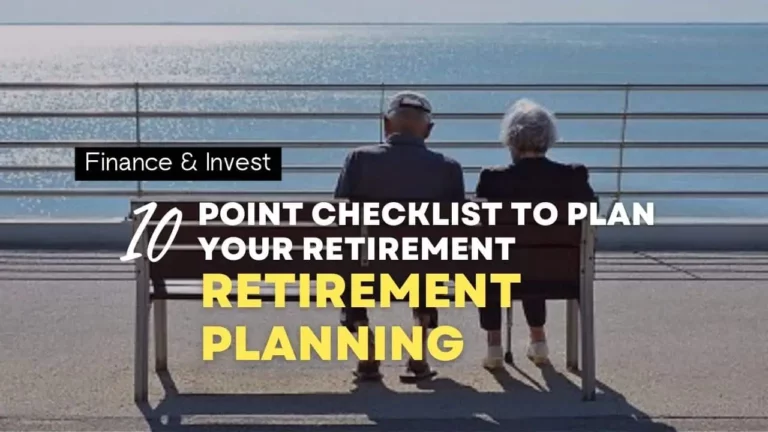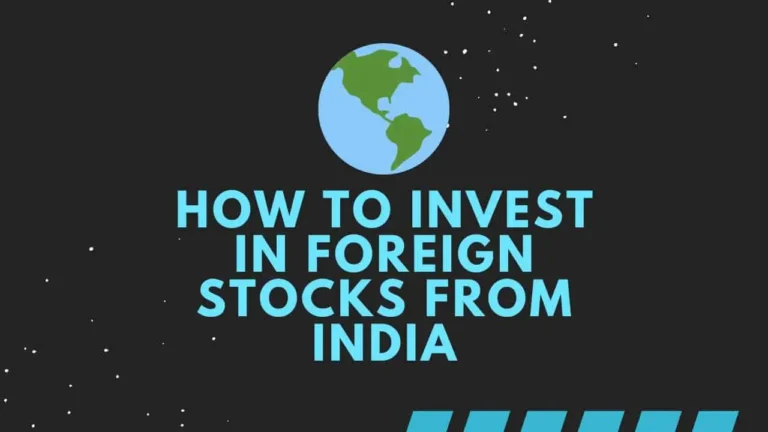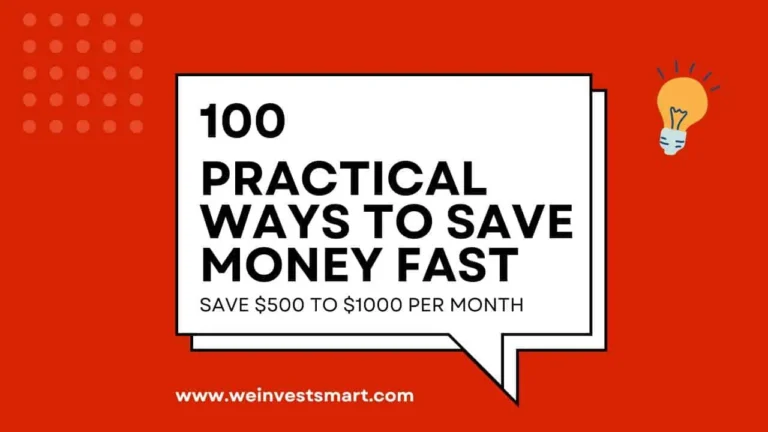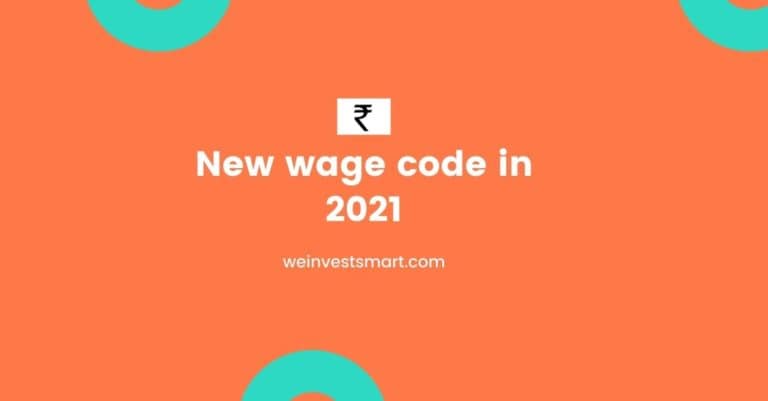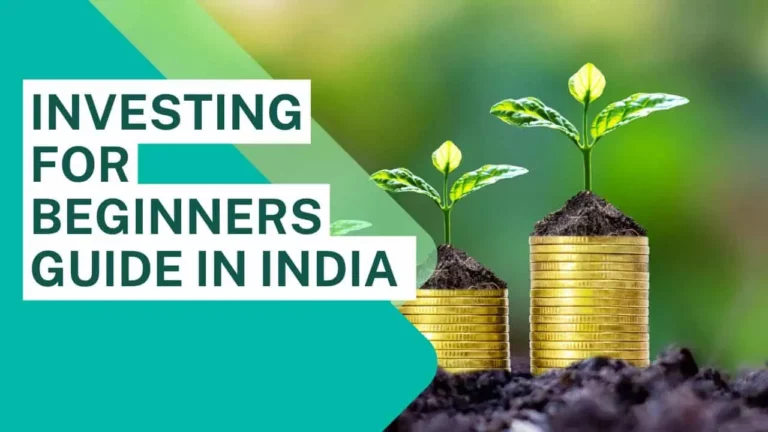How to Get Out of Debt in 5 Steps
Navigating the sea of debt can feel overwhelming, but rest assured, you’re not alone, and most importantly, you’re not without options. Welcome to “How to Get Out of Debt in 5 Steps,” your ultimate guide to breaking free from the chains of debt and moving towards a financially stable future.
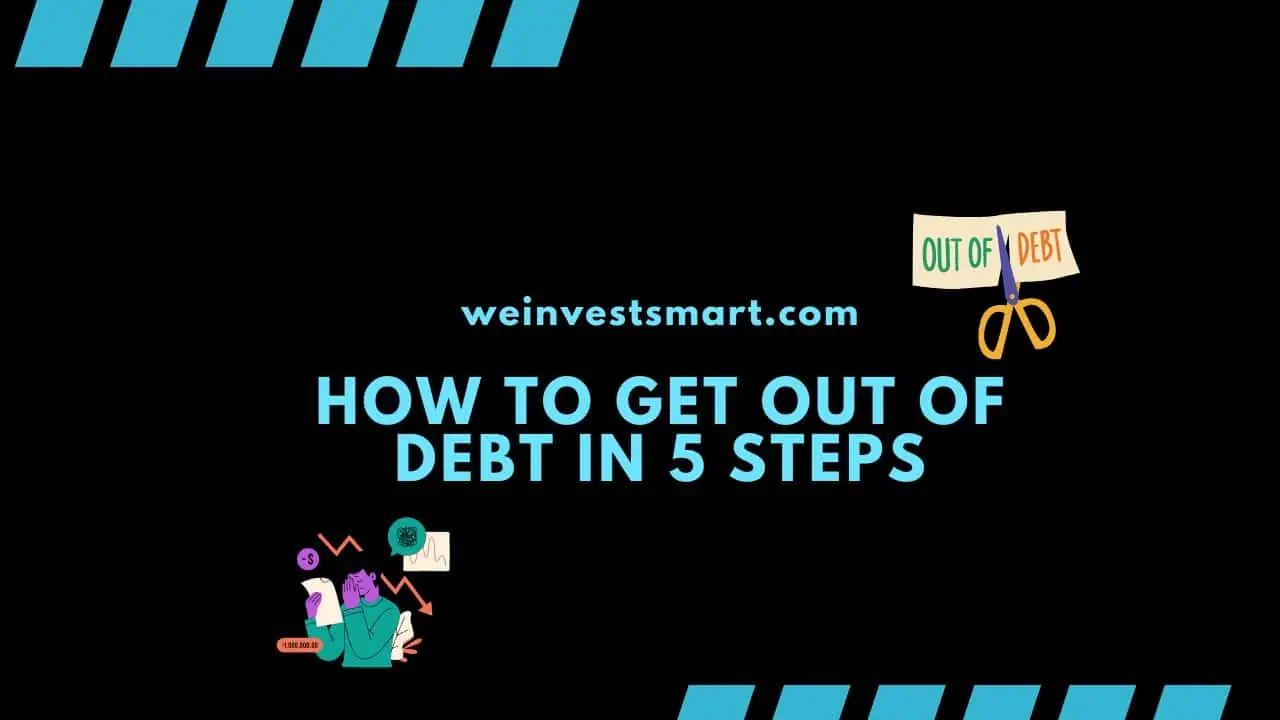
Here, we’ll demystify the process and provide a simple, actionable five-step plan to reduce and eventually eliminate debt from your life. If you’ve been searching high and low for ways to tackle your debt, look no further.
Consider reading: Top 5 Money Management Myths
This guide, packed with expert advice, proven strategies, and practical tips, will steer you toward the financial freedom you’ve been yearning for.
Page Contents
Is it Better to Pay off Debt or Save Money?
There are two approaches to this:
1. The Mathematical Approach to Debt Versus Savings
Before you take any decision on paying off a debt you need to evaluate what debt you have and what is the interest rate for those debts you have taken.
There are debts like credit card debts which carry a very high-interest rate which is really bad to have but on the other hand debts like a house, or a loan is sometimes good to have.
So while you are evaluating to pay off debt consider the below method to differentiate between a good debt and a bad debt:
- List down all the debts you have
- List the interest rate you are paying for the debt
- check how much interest you have already paid and how much is remaining. If you have already paid the interest for the debt then there is no point in paying off the debt as it’s only the principal amount that is remaining to be paid.
- how much money you will save paying off debt as opposed to investing the money in an instrument that will give guaranteed returns(like a bank savings account)
If you need help comparing debt to savings, there are online calculators that can help determine which is a better priority for your excess income.
2. The Emotional Approach to Debt Versus Savings
While emotions and finances may seem worlds apart, they often intertwine when dealing with debt. Some people are so consumed by the emotional burden of debt that they want to eliminate it, even when it might not be the most financially sound decision.
While the ambition to become debt-free is commendable, ensure that it doesn’t blind you to the potential benefits of certain debts.
Consider this scenario: If you have a mortgage with attractive tax benefits and low-interest rates, maintaining such a debt could be a strategic move, allowing you to manage your money more astutely.
How Do You Calculate Whether to Pay Off Debt or Save?
The first thing you need to understand about debt is – all debts are not the same!
Credit card debt – A credit card debt often has the highest interest (few credit card debts are as high as 36% per annum- you read this right, some credit cards charge you up to 3% per month leading to 36% per year).
you should absolutely make sure that you shouldn’t be taking these types of debts in any circumstances. These debts will just rip you apart and take all your savings out!
Car loan- Car loans are generally not as expensive as credit card loans and hover around 10-12%(this is also high considering a bank deposit only gives you around 6% interest) so unless you can’t afford a car, you should skip the car loan.
Personal loan – Personal loans are also expensive, they are generally in the 12-14% range. So you should skip personal loans as much as possible.
House loan – With falling interest rates the housing loan rate has also decreased. Some of the banks are offering house loans at around 6-7%. Considering house loans also give you tax breaks, it is wise to have a housing loan if you need one.
How to Get Out of Debt – A Step-by-Step Plan
If you are feeling a bit overwhelmed with all these debt options and interest rates then don’t worry, we will go through a step-by-step guide to make sure you take the right decisions on managing your debt.
Step 1: Start Contributing to your Retirement Fund
People often take this as the least priority as they have an attitude that they won’t have a life after retirement.
But retirement will come ..it will definitely come and the sooner you start contributing to your retirement the less you need to keep aside every month when you grow older.
NPS is a great instrument for retirement funds. It gives you additional tax benefits when you contribute to it.
Consider reading: What is NPS?
Step 2: Build an Emergency Fund of Savings
An emergency fund is the most ignored concept in the current world. People do not understand the real meaning of emergency funds. They assume their investment into PPF, Stocks, and Mutual funds are part of their emergency fund.
An emergency fund is something that you can bank on in difficult times such as losing a job unexpectedly or someone in your family meeting with an accident.
You should be keeping this money aside in a liquid instrument which you shouldn’t touch without an emergency!
If you rent and are just starting your career, you can probably get by with a mini emergency fund of 50000 to 100000. If you own a home or have children, you should try to have three to six months’ worth of income in your emergency fund.
That way, you can handle just about any emergency that comes your way, even losing your job.
Step 3: Focus on Paying Off Debt with High-Interest Rates
Now that you’re contributing to your NPS and have a small emergency fund, turn your attention (and excess income) toward your debt. Any debt you have with high-interest rates, or rates higher than 9%, is first to go.
Interest rates this high will likely cost you more money than you would make on most investments. Paying these debts off as soon as possible means you’ll pay less in interest.
If you have a high-interest debt like credit card debt and if you have some savings in the form of bank deposits then you should consider breaking your bank deposit to close your credit card debt.
Consider this, Your bank deposits may be giving you 6% p.a. interest but you are paying 36% p.a interest for your credit card debt.
Step 4: Decide Your Savings and Debt Priorities
Now that you are aware of how to get rid of high-interest rate debts, you are probably left with low-interest rate debt like a house loan.
remember having a house loan is not necessarily a bad thing! In some cases, it may be a better deal than investing the money. House loans often come with many tax breaks which may work out best for you.
So before you start thinking of getting rid of low-interest rate debts like a house loan, please evaluate the mathematical gain that you get by repaying the low-interest debt!
Step 5: Stick to Your Spending Plan and Keep Building Your Savings
key thing about managing debt is to know yourself and keep a plan about your spending! it’s often seen that people end up at a losing end just because they are too lazy to manage their finances.
Sometimes it’s the psychological fear that restricts someone to plan for their personal finances.
Remember- You are working hard to make money, don’t let your laziness come in the way of managing your personal finances!
Closing Thoughts on How to Get Out of Debt in 5 Steps
Navigating the road to debt-free living isn’t always easy, but armed with our ‘How to Get Out of Debt in 5 Steps’ guide, you’re better prepared to tackle those financial obstacles head-on.
Remember, each step you take towards paying off your debt brings you closer to financial freedom, and that’s something worth striving for.
This journey may seem challenging, but with perseverance, planning, and the right mindset, you’ll soon find yourself living a life unburdened by debt.
So keep this guide at hand, make the most of our expert tips and strategies, and watch as your journey to a debt-free life unfolds.
Financial freedom isn’t a dream, it’s a destination, and you’re on your way.
FAQs on How to Get Out of Debt in 5 Steps
What is the fastest way to get out of debt?
The quickest way to eliminate debt is by creating a budget, cutting unnecessary expenses, and increasing income through additional work or side hustles. Focus on paying off high-interest debt first and consider debt consolidation or negotiation with creditors. Seeking professional advice can also be helpful in developing a personalized debt repayment plan. By taking these steps, you can accelerate your journey toward debt freedom.
How can I get myself out of debt?
You can improve your financial health and create more opportunities by taking proactive steps to get out of debt. Some strategies include creating a budget, cutting unnecessary expenses, increasing your income, and seeking professional help if needed. By diligently working towards debt repayment, you can achieve a brighter financial future.
How can I remove my debt without paying it off?
While it may not be possible to eliminate debt without paying it off entirely, there are strategies you can consider. For student loans, explore options like Teacher Loan Forgiveness or Public Service Loan Forgiveness. Debt settlement programs or filing for bankruptcy might be alternatives for credit card debt. It’s essential to review these options carefully and consult with a financial advisor.
How do I leave the debt trap?
To leave the debt trap, follow these 5 effective strategies to quickly clear your debt: 1. Create a budget and stick to it. 2. Cut unnecessary expenses. 3. Increase your income with a side hustle. 4. Prioritize paying off high-interest debt first. 5. Consider debt consolidation or negotiation. By implementing these steps, you can regain control of your finances and work towards a debt-free future.
